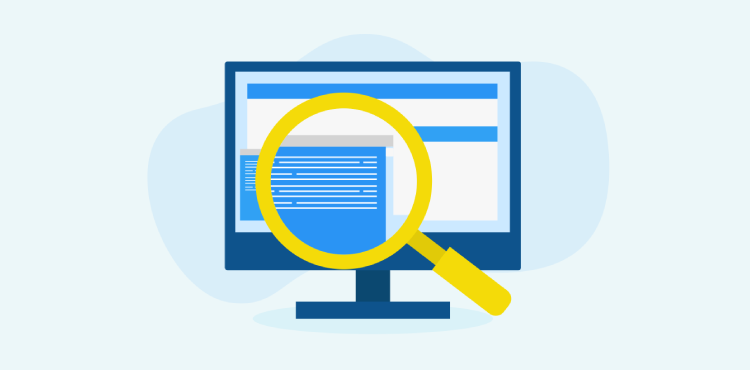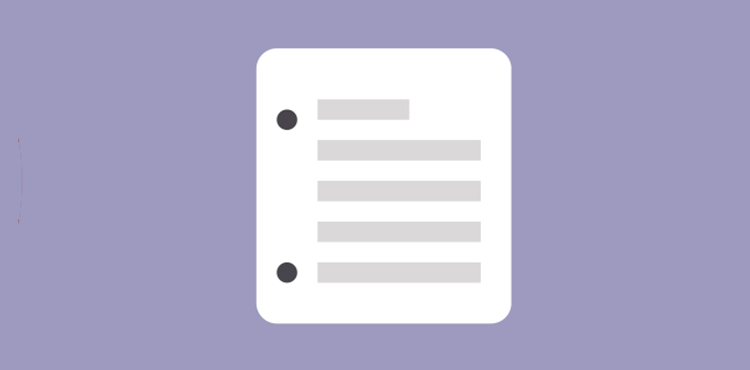Writing a role description is essential to help you recruit the most skilled applicants for your work. With over 25 million positions listed, an excellent role description will help to make your jobs outstanding compared to the rest.
Your role description is where you advertise your business and the task for your potential recruit. The trick to writing a successful role description is to strike the perfect balance between including ample information so that applicants appreciate the role and your business while keeping the description brief.
What is a role description?
A role description covers the principal roles, tasks, credentials and expertise for a job. It defines the sort of work that should be undertaken. A role description should provide crucial specifics of the corporation, purpose, community, and benefits it offers to workers.
It can also determine the disclosure of vacancies and the range of wages. A striking role description provides ample information for applicants to decide if they are eligible.
How to write a role description
Job Title
Create specific job titles. Directed work descriptions are more successful than generic ones, so be specific when using main sentences that clearly define the role.
Avoid internal jargons that could mislead the job applicant. Keep to the traditional skill ranges like “Senior” instead of “VI” or other words that people are reluctant to check.
Job Summary
Start with a substantial, thought-provoking description. Summarise your company’s profile and goals for the job. Hook the reader with the specifics of what makes your company special. Your role description summarises your agency and the brand.
The overview should include information about your business, highlighting why an applicant would enjoy working for you. Provide a precise job location and refine the job opening. This will rank your role description better in the results of the job search.

Responsibilities and duties
Identify the primary duties of the job. Be sure that your list is comprehensive and concise. Stress the tasks that might be special to the company as well. For instance, if you are recruiting for an event management job and a position needs social media skills to support activities, provide this information.
This will ensure that applicants understand the qualifications and can decide if they are eligible. They show the day-to-day tasks of the job. It will allow candidates to consider the workplace atmosphere they will be subject to better.
This attention to detail would help the candidate decide whether the job and company fit. It will allow you to recruit the right applicants for the job. Some role descriptions specify how the position functions as part of the company.
Show how the individual can operate within the company. Help applicants see the larger picture and understand how the role affects the business. Show who the applicant reports to and how he will work within the company. Help applicants see the broader picture and realise how the job benefits the company.
Qualifications and skills
Create a list of hard and soft skills. The role description should, of course, outline the qualifications, prior work experience, certification and professional skills needed for the job. You can also have soft skills, such as teamwork and problem-solving and personal attributes that you choose to hire effectively. Keep the list concise.
Although it’s tempting to mention all the criteria, you’re planning for your dream recruit. Too many credentials and skills could deter potential applicants. It is essential to understand the must-haves vs. nice-to-have skills and skills for the job to encourage a wider variety of applicants to apply.
When writing a role description, it’s important to consider the skills and experience required for the position, as well as any potential resources such as an online paper writing service for creating training materials.
Salary and benefits
Create a wage scale. Value applicants are searching for jobs that suit their wage expectations. Many candidates never or sometimes rarely see role descriptions that provide salary details.
Step out from other managers by applying the wage band to the role description to better draw the most appropriate applicants. List the top incentives and perks. What is there for the applicant?
Motivate more applicants to join by sharing enticing bonuses and incentives that you give to your staff. You can include unrestricted PTO, flexible schedules, healthcare, dental and vision services, workplace treats, tuition discounts, dog-friendly workplaces, among others.

Image: Pexels
Consider these dos and don’ts when writing a role description
Here are a few useful tips to remember when writing a role description:
DO:
- First, refer to a role description writing guide such as this one.
- Take part in a role description workshop.
- Use a realistic and informal style when writing a role description.
- Focus on the role description of the demands of the agency.
- Write a precise, succinct and complete role description.
- Use full sentences.
- Maintain the syntax as plain as necessary, disregarding redundant terms that do not contain important detail.
- Start each responsibility with an action verb.
- Using terms like “May” and “occasionally” for accuracy. These define tasks that are done now and then or activities that only a few workers do.
- Draw attention to job titles instead of the people already on the job, i.e., instead of “Reporting to Mary Smith,” “Reports to____ Director.”
- Be specific. This is important for the correct task assessment and interpretation.
- Emphasise on critical actions.
- Use a sequential series to define tasks and obligations. (Key duty, preceded first by ongoing tasks.)
- Always contact the paid analyst for advice.
DON’T:
- Use the narrative style when drafting a role description.
- Establish the nature of the role description on the capability, expertise, and priorities of the incumbent.
- Write a role description depending on the desired work category.
- Write a role description as a step-by-step guideline on how to do the job.
- Highlight some small or sporadic duties that are not specific for a particular role.
In Summary
Begin with a blueprint when writing a role description. If you cannot access the job description templates, download the generic version online. Templates can help shape the details required for the role description.
Think of the job features, such as the job title and specific roles. Accept the job’s purposes and draw up a list of duties and what factors in achieving them.



